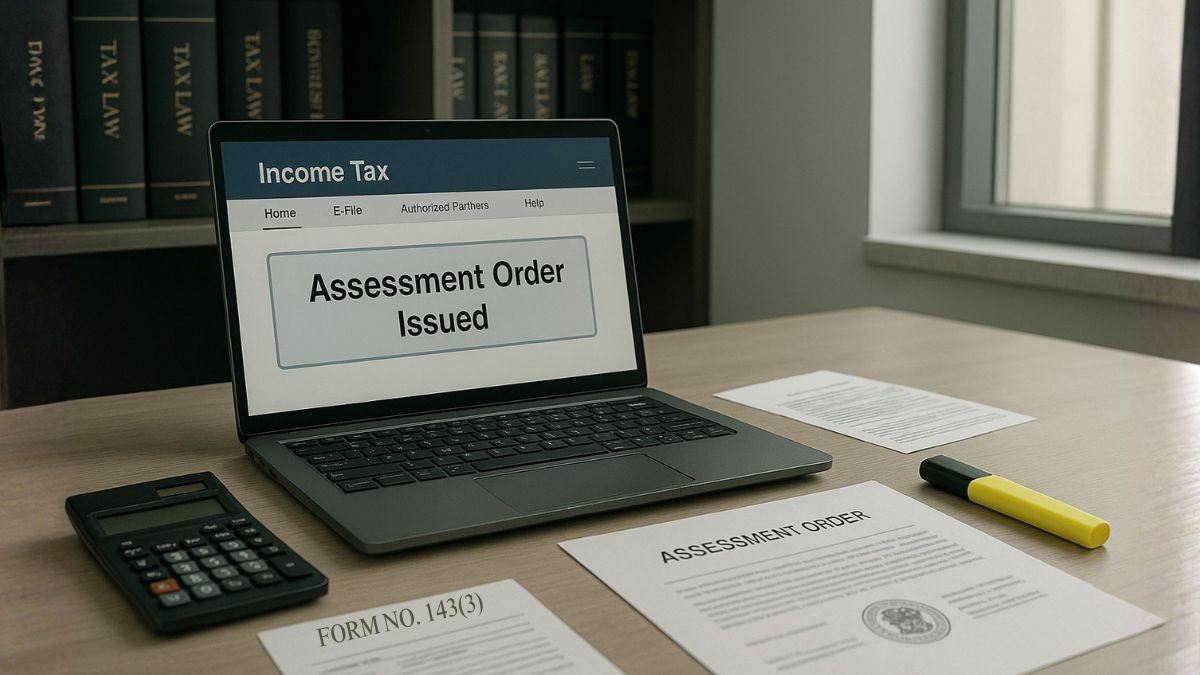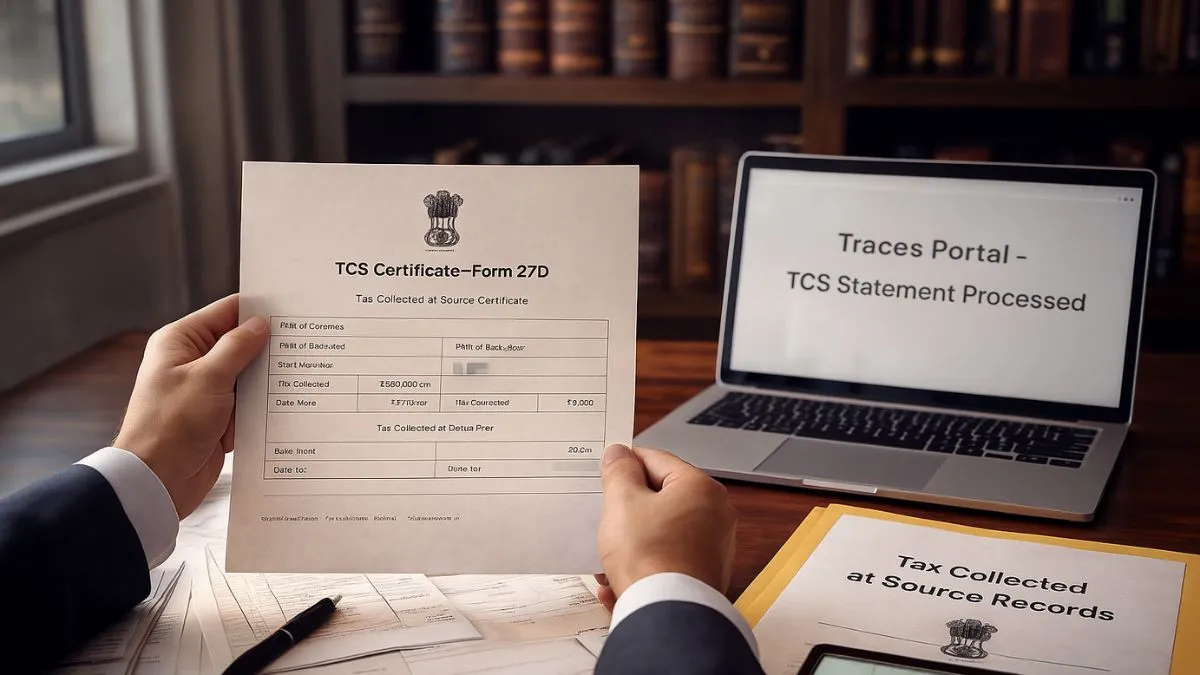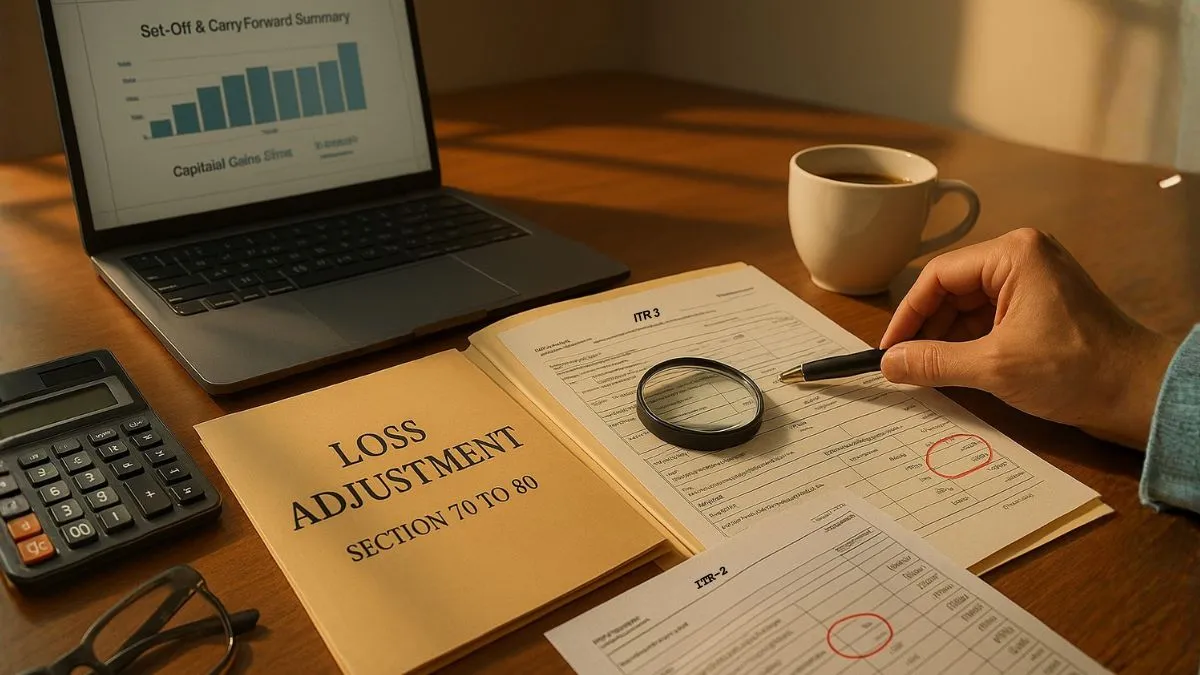
Section 2(40) seems like one of those technical definitions buried inside the Income Tax Act, but it actually plays a very important role in tax assessments. This provision defines the term “regular assessment.” Unless the context clearly indicates something different, a regular assessment refers to an assessment made under Section 143(3) or Section 144 of the Income Tax Act. In simple words, it is the main assessment that the Assessing Officer carries out after examining your income details, claims, deductions, documents, & overall tax position for the year.
Think of it as the final, official stamp on your tax records — the point where your return is thoroughly checked. And because it is such a central part of tax compliance, the definition under Section 2(40) becomes a backbone for several other sections.
Why Does Section 2(40) Matter So Much?
Many taxpayers believe that filing an ITR is the end of their tax journey for the year. But the real picture becomes clear only when the income tax department processes your case. A regular assessment can confirm your return, modify it, or even raise additional tax liability if something doesn’t match. That’s why Section 2(40) is so important — it tells you exactly which assessment the law considers as “regular.” And every time the word “regular assessment” appears in any other tax provision, this definition is what gives it meaning & context.
This clarity is crucial during scrutiny assessments, reassessments, rectifications, appeals, & even during mergers or demergers.
Section 2(40) and Demergers: When Property of an Undertaking Is Transferred
If you’ve ever read the demerger provisions in the Income Tax Act, you’ll notice the section often mentions how all the property of the undertaking, being transferred by the demerged company, must be handled for tax purposes. In such cases, the definition of “regular assessment” becomes important because the tax department needs to understand whether assessments will continue in the name of the old company, the new company, or both."
The term helps differentiate between pending assessments & fresh assessments that must be done post-demerger. With companies restructuring more often today, this definition ensures smooth compliance & prevents disputes later.
Role of the Assessing Officer: Disallowing Deductions and Making Adjustments
Under various provisions, the Income Tax Act authorizes the Assessing Officer to disallow deductions on expenses that the taxpayer cannot justify or prove. This power is exercised during a regular assessment. Whether it is an excessive business expense, personal spending claimed as business cost, or unverified bills — the AO uses their powers specifically at the stage defined by Section 2(40).
This is where many taxpayers get notices, demands, or queries. And that’s why the definition of regular assessment is not just technical; it has direct financial impact.
Also Read: The Definition of ‘Principal Officer’ That Holds the Key to Compliance
How Section 2(40) Connects With Other Important Income Tax Sections
Although Section 2(40) deals only with the meaning of “regular assessment,” its implications ripple across multiple parts of the Income Tax Act. Here are a few important sections that often interact with or depend on this definition in indirect ways:
- Sukanya Samriddhi Yojana Income Tax Section
To claim SSY benefits under Section 80C, the AO may verify your proofs during a regular assessment.
- Section 86 of Income Tax Act
When taxing share of profits from an AOP or BOI, the AO relies on the defined assessment process.
This allows exemption for specified authorities; assessments rely on verifying eligibility & notification details.
- Section 15H
Senior citizens filing Form 15H to avoid TDS may still face assessment queries if discrepancies appear.
- Person Definition in Income Tax Section
Before performing any type of assessment, the department first checks which category the taxpayer falls into — individual, HUF, company, firm, LLP, trust, etc.
These sections show how the basic definition under Section 2(40) supports compliance across multiple tax categories.
Scientific Research Deductions and Regular Assessments
Businesses involved in innovation or R&D are eligible for multiple tax benefits. The Income Tax Act allows for deductions while computing taxes for expenses relating to scientific research, including:
- deduction of expenses incurred on scientific research & development activities"
- deduction for expenditure of a capital nature on scientific research
- provision that allows taxpayers to claim deductions for expenses incurred in scientific research & development
However, these deductions are often scrutinized. A regular assessment under Section 2(40) is the stage where the Assessing Officer can ask for documents, proof of R&D work, audit reports, or cost details. If something doesn’t match, deductions may be rejected or adjusted. This is one more reason the definition of “regular assessment” becomes essential — especially for businesses relying heavily on R&D-related tax planning.
A Simple Example That Makes Section 2(40) Crystal Clear
Imagine a company, GreenTech Innovations, which claims large R&D deductions, has a recent demerger, & files its ITR on time. Later, the Income Tax Department selects the case for scrutiny. The AO examines every detail — R&D bills, capital expenditure, demerger documentation, asset transfers, depreciation claims — and completes the review under Section 143(3).
This completed review is the regular assessment under Section 2(40).
Now imagine the AO disallows some expenses or modifies the return. The company must comply, appeal, or revise its position based on this assessment. That final reviewed calculation is what Section 2(40) refers to.
Also Read: MLI Full Form (Multilateral Instrument): A Global Step Against Tax Avoidance
Section 2(40): Why Tax Professionals Consider It a Core Definition
Even though Section 2(40) looks small, its influence is huge. It guides how assessments are interpreted, how compliance is handled, and how disputes are resolved. It gives structure to the entire assessment process. Without it, many tax provisions would lack clarity or legal foundation.
Whether you are a business owner, startup founder, salaried employee, or tax consultant, understanding this definition helps you know exactly when the tax department can step in & finalize your return.
Final Thoughts
Section 2(40) of the Income Tax Act may seem like a minor definition, but it shapes how assessments are conducted & how tax compliance functions across India. It tells us what a regular assessment is, how it links to scrutiny, how it affects demergers, and how the Assessing Officer uses it to allow or disallow deductions. When viewed together with deductions for scientific research, SSY benefits, Section 86, Section 15H, Section 10(46A), & the definition of “person,” it becomes a crucial part of understanding the entire tax structure.
Want expert help with assessments, notices, or tax planning? Let Callmyca.com make it effortless — get a CA who handles everything for you, right from your first call!










